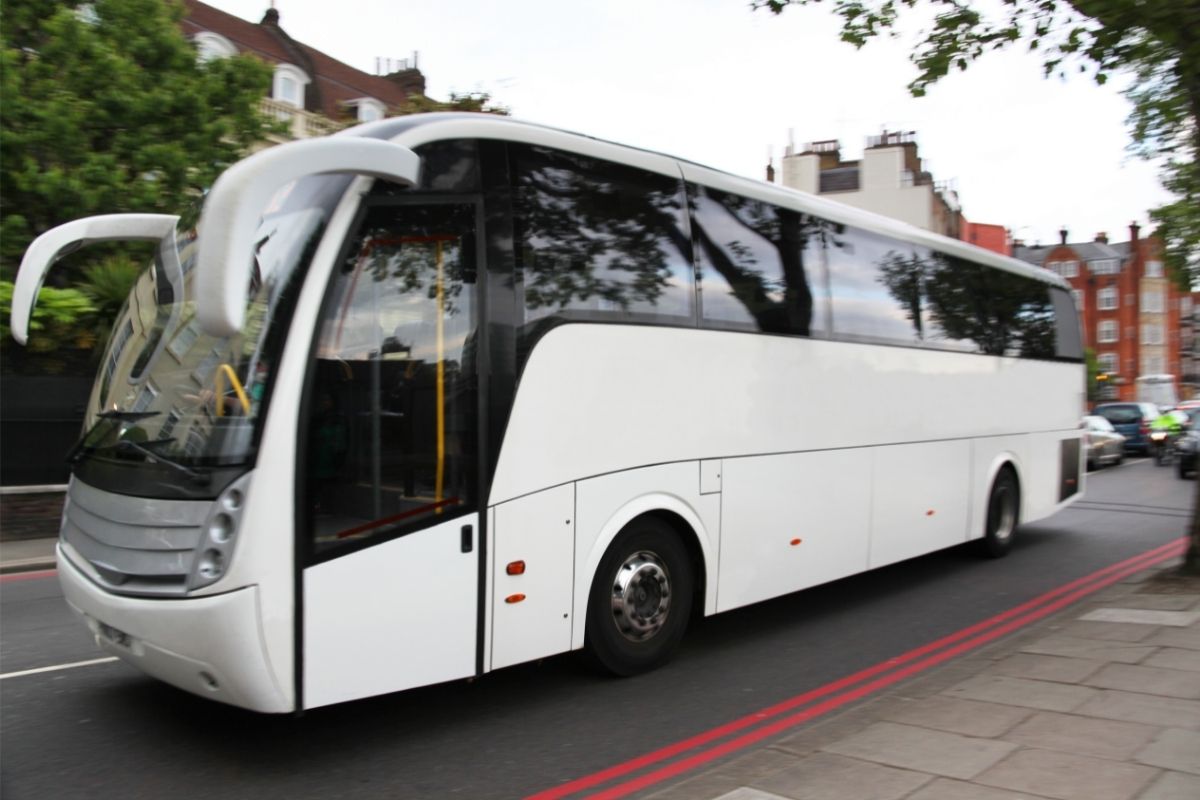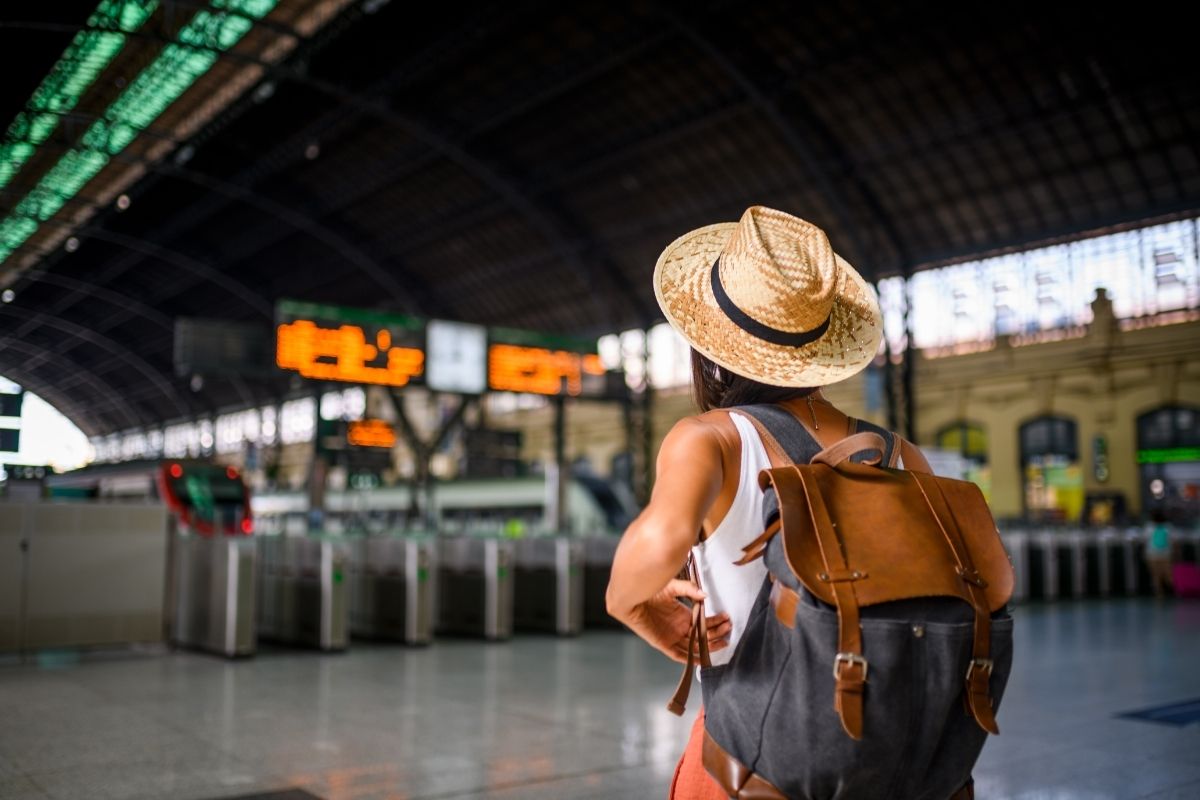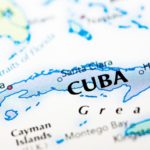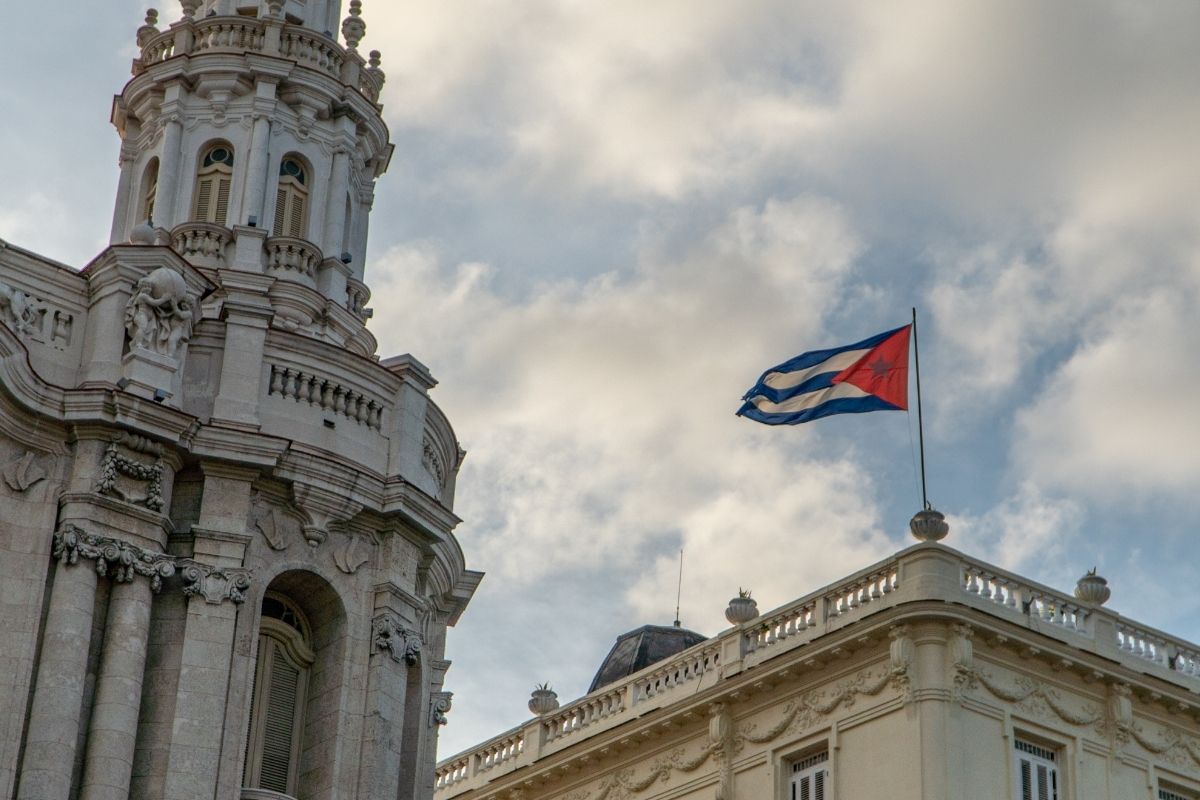Havana is the largest city in the country of Cuba, as well as being its capital city on top of that.
If you’re venturing to Cuba for a holiday, or even moving there to settle down and become part of the local life and culture, you will probably touch down in Havana at some point.

It’s a beautiful and colorful city, but what is it really like to live there? What is life like in Havana?
Well, we’ve got the answers for you! In our guide below, you’ll find out all about Havana in Cuba, with details on what it’s like for the people who live there.
What does it look like? What is the food like, and its supply chain? What is shopping like? You can find out about it all below. Read on!
Architecture And Appearance
About two million people live in Havana, the capital city of Cuba, these days. This may seem like a lot, but at least it means that there’s a great variety of life and culture within the city, with lots of people and style.
As you travel around Havana, you’ll notice a great deal of history is still alive in its presentation. The city is filled with beautiful, old architecture.
Like many of the other large cities in the country, such as Trinidad, many of the buildings keep their 15th century designs.
Their style of architecture was brought to the country by the European colonial rulers, who brought styles from all over the continent, leading to a large assortment of stylish and varied designs.
These, combined with buildings that were built later, mean that you’ll see lots of different architectural genres at play.
In some areas you’ll find art deco buildings, with their minimalist style and their sleek look, while in other parts of the city you’ll find buildings that are in the art nouveau school of design, with their earthy and natural-looking angles and curves.
On the other hand, some buildings may be baroque, with their theatrical look, or even neoclassical – which are grand in scale, dramatic, and use simple geometric shapes.
On top of the architecture, you’ll notice that lots of buildings in Havana are painted in a variety of bright, vibrant colors. The city as a whole has a rainbow like feel, multi-colored and fresh.
Breathing the city and its color in can be a real mood lifter, which may sometimes be necessary, because there are a few aspects of life in Havana – and Cuba in general – that can be quite difficult, and we’ll get to them soon.
Climate
Given the geographical position of Cuba in the world, the climate across the country – including in its capital Havana – is hot and full of tropical weather.
The temperature will usually range anywhere from 20 to just above 30 degrees Celsius, although in the absolute coldest extremes it has been known to drop as low as 4 degrees Celsius back in 2010.
Some think that Havana and Cuba barely have a Winter, but this isn’t true as you can tell from that cold temperature. However, the season is very brief, so it is mostly hot temperatures.
The hotter ends that we’ve mentioned can be quite warm to live in, especially given that they’re frequent.
However, you will often be cooled by the winds and marine breezes that pass through Havana, as a result of Cuba’s position in the world.
If that’s too much for you, and you like it constantly hot, Havana may not be the most prime location. The hottest areas of Cuba are in its east, whereas Havana is in the north of the country.
Healthcare And Safety
One of the very best things about Havana, and Cuba as a whole, is its healthcare system. If you’re a legal citizen of the country, then you get your healthcare completely free of any charges.
On top of that, there are regular examinations and physicals that you will be given, making sure that you’re regularly kept healthy. If you’re not a citizen, though, things aren’t too bad either.
Compared to other countries, especially the United States, the healthcare in Cuba as a whole is far more affordable, partly because the doctors aren’t paid quite as much.
With that being said, there are a lot more doctors in Cuba than in other countries, so you’ll often be able to be seen in little time.
However, there is a downside to the healthcare system in Havana, and Cuba generally.
Cuba is run by a Communist government state, which we’ll be going into a lot more soon, because it often sends ripples through the way that the country is governed when compared to other places.
Healthcare is just one of those ways, because the system often lacks the medical technologies and advancements that other, non-Communist countries enjoy.
Many medical supplies cannot be imported, meaning that they aren’t always to treat as many different ailments.
With that being said, the country makes up for this through its regular physical examinations and early preventions of illnesses, the healthcare system helps to stop diseases from getting out of hand and to a point where they would need the more advanced supplies and medical technologies.
Shopping And Stores

When we mentioned that Cuba is a Communist run country, this extends to almost the entire of its shopping and stores.
Many shops in Cuba, and therefore Havana, are run by the Cuban state government, usually through their corporation called CIMEX.
Like the limit of medical supplies, this often extends to food supplies. If you go into most supermarkets or food stores, you’ll find a good supply of the more basic essentials: pastas, rice, and so on.
More varied food may be harder to come by, though. Part of the reason is that the country of Cuba itself doesn’t really produce enough food itself to feed the population.
As a result, they import a lot of food, but this importing is controlled and – naturally – can take time. To rely so much on imports can be dangerous, if problems in the supply chain come up.
Problems are going to be a definite, though, because Cuba actually suffers embargos on its trading. For example, the United States has an embargo that prevents any of its businesses from trading with Cuba.
This means that Cuba can’t import any food, or anything at all, from America – which is a major produce power.
Since so many shops and stores are controlled by the government, it can be difficult to go and find alternatives whenever a shop doesn’t have what you wanted.
Shops will usually have the same range of supplies in the, and the same quantities of them too. On top of that, they also have the same prices set across all of the state owned shops.
For that reason, you can’t really shop around and find things cheaper.
Living Costs
With that being said, you won’t always have to. For rare food items, they’ll cost a lot, but on the whole the cost of living in the country – and Havana – is cheaper than a lot of other countries.
Groceries will often cost less, you’ll just be limited in what you can get. On top of that, restaurants will often be cheaper too, which we’ll go into in a moment. Rent is also a big saver too.
Why is it all so low, though?
Well, it’s because the wages in Cuba are so low. Since the average salary per person in the country of Cuba is usually just over $30, many things in the country have to cost less, because otherwise nobody would be able to afford them.
Therefore, typical groceries, rent, and other commodities are cheaper.
For the harder to buy items, many people resort to buying them on the black market. This may sound sinister, but many people rely on it, because the supplies in the state owned stores are so little.
Restaurants
To get around the limited food supplies, you can try and go to restaurants for an easier time – plus, if you’re a tourist then you probably won’t have access to a kitchen for cooking.
Like most costs in Cuba, the restaurants in Havana won’t set you back too much, because wages are so low.
However, the restaurants aren’t very flexible to different diets. They eat a lot of meat in Havana, as well as very fatty meals, and it’ll be difficult to find meals that don’t fall within that.
Vegetarians and vegans will especially have trouble eating in restaurants, or even buying grocery meals in stores – for this reason, it’s best to bring long-lasting canned foods from your home country.
Final Thoughts
Havana is a beautiful and colorful city, but the Cuban Communist government can make things like food and supplies scarce.
If you enjoyed this article, you might enjoy our post on ‘History Of Pirates In Havana‘.
- What Is The Largest Island In Cuba? - September 19, 2022
- Havana – Why Is It Cuba’s Most Exciting City? - September 19, 2022
- Cheapest Time To Visit Cuba (Ultimate Guide) - September 19, 2022








